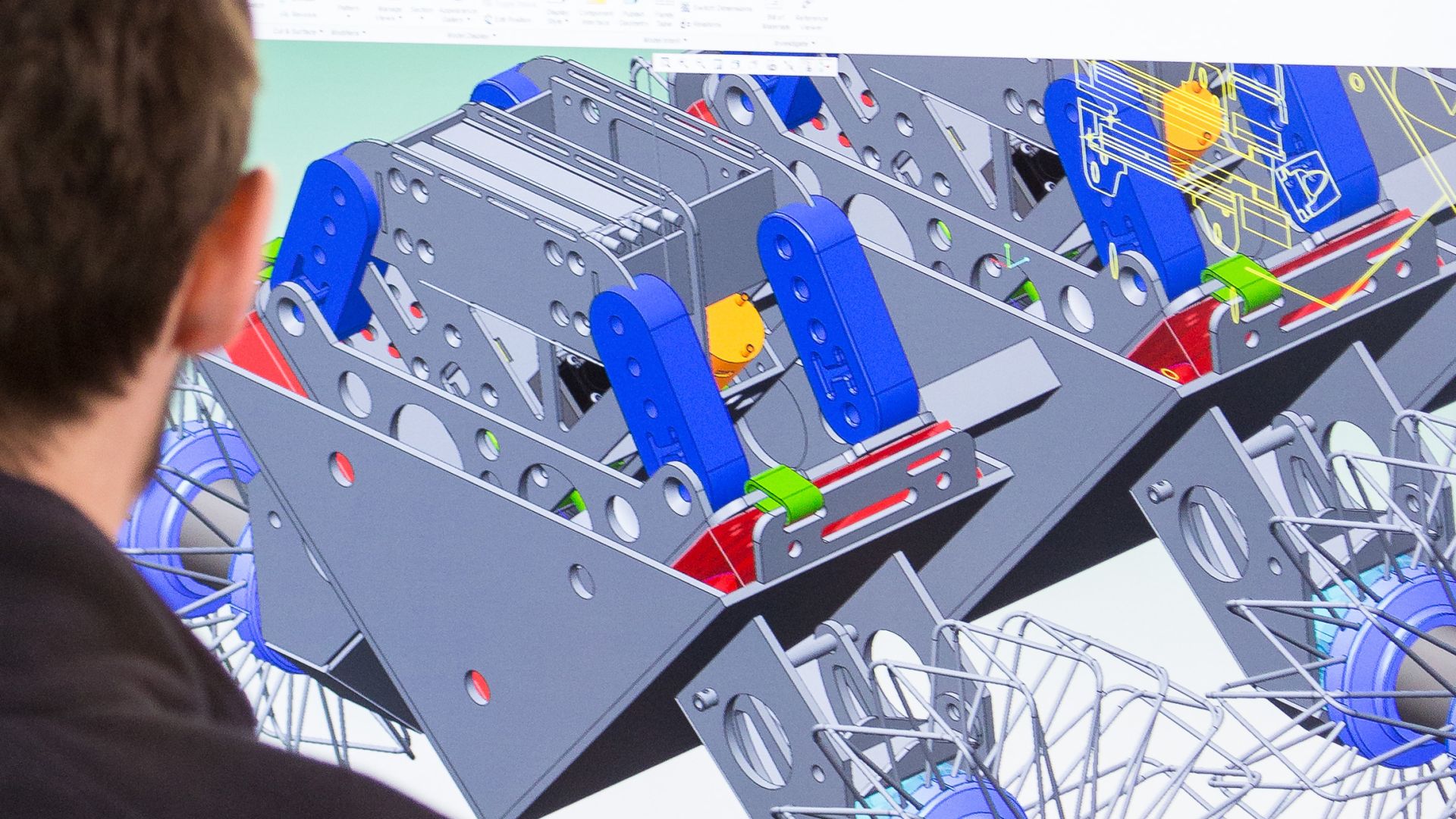ILM Level 3 Certificate in Leadership & Management

Description
What is the ILM programme about?
The ILM Level 3 Certificate in Leadership & Management gives a broad understanding of leadership principles through eight modules over a year.
You will gain a range of management skills that you can put into practice in your role. It will equip supervisors, team leaders, and first-line managers with the tools to lead high-performing teams and operational activity under difficult situations.
By building your leadership capabilities, you will be able to motivate and engage teams and manage relationships more confidently.
Programme delivery
The programme is run online over 12 months and is made up of eight modules. Each module has an assignment allocated to it and delegates must pass all assignments to gain certification. For the first eight months, you will cover one module each month. The remaining four months can be used to finalise any referred assignments.
Each module has two 3-hour sessions on consecutive days to cover the content. Assignment deadlines are set on programme commencement.
The programme is solely assignment-based and costs £1495 per person, including registration and certification.
Who should attend?
This course is intended to provide a wide range of skills for people developing their management career, such as team leaders, production supervisors, operations managers, first line managers, or those with operational responsibility for others.
It’s particularly suited to practising team leaders seeking to move up to the next level of management, and managers who need to lead people through organisational change, budget cuts or other processes.
To book your place, please contact us at cpd@amrctraining.co.uk.
ILM Programme content
- The various roles, functions, and responsibilities of a team leader – depending on workplace
- Limits of authority and accountability, and how these are defined
- Personal skills and abilities for effective team leading
- Using reflective learning skills to improve performance
- Areas of strength and possible improvement
- Ways of obtaining feedback from others
- Receiving and responding positively to feedback.
- The nature of formal and informal working relationships
- Role of open communications and the need to keep people informed, in creating effective working relationships
- Range of internal and external contacts
- Differences between people, and the effects on relationship building
- Differences in organisational culture, and the effects on relationship building at work
- Social skills appropriate to the workplace
- Range of behaviours which develop, maintain, and destroy trust at work
- The importance of maintaining confidentiality in the workplace
- Characteristics of groups and teams - the differences, examples within the workplace
- Tuckman’s theory of group formation
- How to identify team roles (e.g., Belbin) and the uses and implications for managers
- Building a balanced team to achieve objectives.
- First line manager’s responsibility for managing team and individual performance and meeting objectives
- The purpose and value of formal and informal performance assessment at work (formal assessment includes performance review/appraisal)
- Ways to ensure fair and objective assessment (including objectives and ongoing monitoring)
- Preparations necessary for effective, valid, and reliable assessments
- Roles and responsibilities of individuals in the performance assessment process
- Appropriate assessment records
- How to conduct formal appraisals
- The relevance of SMART objectives, and how to set them
- How to set performance standards
- How to measure performance against agreed standards
- A range of methods for measuring performance and how to select the ideal one
- Techniques for performance monitoring and evaluation
- Range of performance improvement methods available to the manager
- The importance of feedback to improve performance
- Principles for giving effective feedback on performance
- Range of performance improvement methods available to the manager (coaching, training, review of the job role etc)
- Causes of poor performance (lack of skills, lack of knowledge, poor motivation, lack of incentives, lack of information etc).
- Ways to recognise, define, investigate and analyse problems
- Objective setting in relation to problem
- Brainstorming, problem solving and creative thinking techniques
- Difference between data and information
- How to calculate and use simple averages and basic summary statistics
- How to prepare and use grouped data and tables
- Interpretation of charts and diagrams
- Methods of indexing, referencing and structuring qualitative information
- How to evaluate options
- The importance of adequate and relevant information for effective decision-making
- Identification of what information is relevant to specific decisions
- Decision making techniques
- The use of simple planning techniques- action plans, Gantt charts
- Effective presentation of a case – i.e. providing facts and evidence, not just opinion
- Monitoring and review techniques to evaluate outcomes of problem solving activities.
- The role and purpose of objectives and targets
- Links between organisational and team objectives
- Setting SMART work targets
- Performance measurement
- Planning techniques appropriate to small scale planning e.g., action planning, task/work/production schedules, timetables, rotas etc
- Monitoring and control techniques and records
- Effective methods of communication to give instructions
- Types of quality standards and their purpose
- Methods to monitor actual performance against production targets and timescales, and identify variances
- Ways to ensure team members understand monitoring systems
- Recording outputs and variances
- Techniques for identifying causes of underperformance
- Corrective and remedial actions for underperformance.
- The importance of maintaining optimum stocks
- Methods of determining stock requirements
- Stores and stock control principles and procedures
- Procedures for recording receipt and issue of supplies and equipment
- Maintenance of records for quality standards
- Implications of equipment usage – acquisition and operating costs – for the organisation
- Awareness of marginal costs, and how these are used within the organisation
- Methods of capacity planning
- The importance of scheduled maintenance programmes, and how to plan these
- Security issues in the workplace
- Risk assessments for security issues
- Security and care of equipment.
- Health and safety legislation and the responsibilities of different parties in own sector (e.g., HASAW 1974 Act, COSHH)
- Own organisation’s health and safety policies, practices, and systems (including requirements for personal protective equipment, working at height, access to equipment, hand arm vibration guidance, asbestos awareness)
- Potentially harmful working practices within own work area
- Risk assessment procedures and associated documentation
- Accident and near miss reporting (e.g., RIDDOR)
- First aid provision
- How to set good example in relation to health and safety matters.
- Quality and its importance to customers (internal and external); difference between quality assurance and quality control
- Difference between design quality and process quality standards
- The cost of quality (positive and negative aspects)
- Total quality management
- The Total Quality Management (TQM) concept
- Quality systems (such as TQM, Kaizen/continuous improvement, Kanban etc) and quality standards, such as ISO 9000, EFQM and IiP
- The benefits (and any disadvantages) of accreditation against quality standards, and how to gain it
- Practical steps to quality - team approaches
- Records for maintaining quality
- Tools for quality - the role of statistics in quality control as relevant to organisation.


